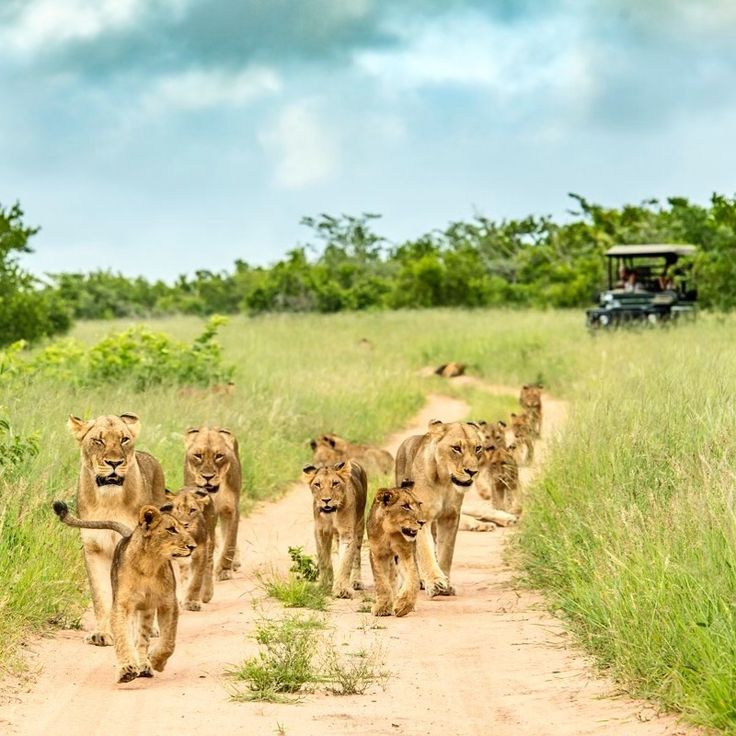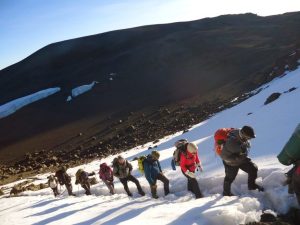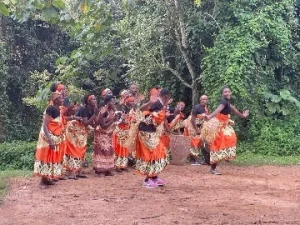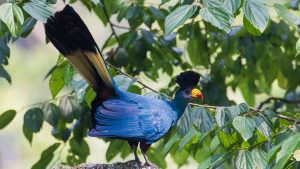A Uganda safari is not just a holiday—it’s a deeply immersive journey into the heart of Africa’s raw beauty, biodiversity, and vibrant culture. Known as the “Pearl of Africa”, Uganda offers one of the most diverse safari experiences on the continent. From tracking endangered mountain gorillas in misty jungles to witnessing lions prowling golden savannahs, Uganda gives travelers a unique combination of wildlife, landscapes, and authentic cultural encounters. What Is the Experience on a Uganda Safari?
If you’re planning a trip and wondering, “What is it really like to go on a safari in Uganda?”, this blog post will guide you through the full experience—what to expect, where to go, what you’ll see, and how it feels.
What Makes a Uganda Safari Unique Compared to Other African Safaris?
Unlike more commercialized destinations like Kenya or South Africa, Uganda safaris feel wilder and more untouched. While game drives are still part of the experience, Uganda adds layers of adventure that go beyond traditional wildlife viewing:
- Mountain gorilla trekking in Bwindi Impenetrable National Park
- Chimpanzee tracking in Kibale Forest
- Boat safaris on the Nile in Murchison Falls National Park
- Birding expeditions with over 1,060 species recorded
- Community tourism and cultural interaction
This blend of classic safari with forest primate tracking, water-based exploration, and authentic culture sets Uganda apart. Many travelers even describe it as a “life-changing experience.”
What Is a Typical Uganda Safari Itinerary Like?
Most safari itineraries in Uganda range from 7 to 14 days, depending on your travel interests. Here’s a general breakdown of what a classic trip might include:
- Day 1-2: Arrival in Entebbe/Kampala – city tour and relaxation
- Day 3-5: Murchison Falls National Park – game drives and Nile boat safari
- Day 6-7: Kibale Forest – chimpanzee tracking and Bigodi Wetland walk
- Day 8-10: Queen Elizabeth National Park – tree-climbing lions, Kazinga Channel cruise
- Day 11-13: Bwindi Impenetrable Forest – gorilla trekking
- Day 14: Return to Kampala/Entebbe
Each stop offers a different terrain, ecosystem, and wildlife experience, making the safari varied and exciting every day.
What Animals Can You See on a Uganda Safari?
Uganda is home to “The Big Five”—lions, leopards, elephants, buffaloes, and rhinos (the latter in Ziwa Rhino Sanctuary)—but it’s also famous for primates. Key wildlife highlights include:
- Mountain gorillas (over half the world’s population)
- Chimpanzees
- Tree-climbing lions
- Ugandan kob (antelope)
- Hippos and crocodiles
- Over 1,000 bird species including the shoebill stork
Uganda also offers night game drives in parks like Queen Elizabeth and , where you can spot nocturnal animals like bush babies and leopards.
What Does Gorilla Trekking in Uganda Feel Like?
This is often the crown jewel of a Uganda safari. Gorilla trekking is physically demanding but incredibly rewarding. You’ll hike through dense jungle, often on steep and slippery paths, guided by expert rangers. What Is the Experience on a Uganda Safari?
Once you find a gorilla family, you’ll spend one magical hour observing them in their natural habitat. Many describe it as spiritually moving—a close encounter that changes your perspective on wildlife conservation forever.
Most treks happen in Bwindi Impenetrable Forest or Mgahinga Gorilla National Park. Gorilla permits are strictly regulated and cost $800 (foreign non-residents).
Is Chimpanzee Trekking Different from Gorilla Trekking?
Yes, though both are incredible. Chimpanzees are more active and vocal, often swinging through trees at high speed. Chimp trekking offers a dynamic, thrilling experience as you follow troops through the forest, especially in Kibale National Park, the best chimp tracking destination in East Africa.
Other places for chimp tracking include:
- Budongo Forest (near Murchison Falls)
- Kyambura Gorge (Queen Elizabeth National Park)
- Kalizu Forest
What Cultural Experiences Can You Have on a Uganda Safari?
Uganda is culturally rich, with over 50 ethnic groups, each with unique customs, language, and art forms. Many safaris include cultural experiences like:
- Visiting the Batwa pygmies near Bwindi
- Participating in traditional dances
- Learning about banana beer brewing or bark cloth making
- Homestays or community-run tourism projects
These moments allow visitors to connect with locals, learn traditional ways of life, and contribute to sustainable tourism.
What Type of Accommodation Is Available on Safari in Uganda?
Uganda offers a wide range of lodges, camps, and hotels for every budget:
- Luxury lodges like Sanctuary Gorilla Forest Camp or Chobe Safari Lodge
- Mid-range lodges like Ihamba Lakeside or Primate Lodge
- Budget-friendly campsites or hostels
Most safari accommodations are eco-conscious and provide stunning views, personalized service, and often have local design elements to give you a sense of place.
When Is the Best Time to Go on a Safari in Uganda?
Uganda has a tropical climate with two main dry seasons:
- December to February
- June to September
These are the best months for gorilla trekking and game drives. However, Uganda is a year-round safari destination because of its stable equatorial climate. Even in the rainy season, the parks remain lush and alive with activity.
Is Uganda Safe for Safari Travel?
Yes, Uganda is considered safe and politically stable for tourists. National parks are patrolled, and rangers are well-trained. You should follow local guidelines, travel with a licensed tour operator, and always respect wildlife rules.
Major travel review platforms and blogs reflect this sentiment—visitors often search “Is Uganda safe for travel?” or “Is gorilla trekking in Uganda safe?” and the answer is yes, with the proper preparations. What Is the Experience on a Uganda Safari?
What Should You Pack for a Uganda Safari?
Packing right is key to enjoying your trip. Essentials include:
- Lightweight, neutral-colored clothing
- Waterproof hiking boots
- Insect repellent and sunscreen
- Rain jacket (for forest treks)
- Binoculars and camera gear
- A small backpack and reusable water bottle
- Passport, vaccination certificate (yellow fever), and gorilla permit copies
Also, don’t forget your sense of adventure and curiosity!
Why Choose a Uganda Safari?
A Uganda safari is not just about ticking animals off a list—it’s about deeply connecting with nature, wildlife, and people. You’ll witness gorillas in misty forests, sail the Nile at sunset, walk through remote villages, and stand in awe of Africa’s untouched beauty. What Is the Experience on a Uganda Safari?
It’s more than a trip. It’s an experience that stays with you.
Whether you’re a solo traveler, honeymooner, family, or photographer—Uganda welcomes you with warmth, diversity, and unforgettable adventure.




